Call it innovation in a time warp. Or innovation on steroids. Or simply the innovation of rapid innovation. But with technology driving innovation at an increasingly dizzying pace the future seems both exciting and a little daunting. We are building ever-greater tools but we’re also facing unprecedented challenges and only time will tell how we manage to negotiate the two. From supersonic flight to genetically engineered bacteria, here are some milestones to watch out for in 2018.
- CHINA LANDS ON THE DARK SIDE OF THE MOON
- THE NORTHERN WHITE RHINO GOES EXTINCT
- PLASTIC-EATING BACTERIA IS RELEASED
- ELECTRIC VEHICLE SALES REACH 5.2 MILLION
- SCIENTISTS DRILL INTO THE EARTH’S MANTLE
- LONDON’S CROSSRAIL OPENS
- SUPERSONIC JETS TAKE FLIGHT
- ONE WI-FI HOTSPOT FOR EVERY 20 PEOPLE

Next year China will lead the world’s first mission to land on the dark side of the moon. The country’s Chang’e-4 probe, named after the goddess of the moon in Chinese mythology, will make a soft landing on the back side of the moon and carry out “in-place and patrolling surveys” according to China’s lunar exploration chief, Liu Jizhong.
The far hemisphere that is never directly visible from Earth has been photographed—the first images appeared in 1959—but it has never been explored. Beijing has plans for a permanent orbiting station by 2020, and aims to send a human to the moon by 2036.
- CHINA LANDS ON THE DARK SIDE OF THE MOON
- THE NORTHERN WHITE RHINO GOES EXTINCT
- PLASTIC-EATING BACTERIA IS RELEASED
- ELECTRIC VEHICLE SALES REACH 5.2 MILLION
- SCIENTISTS DRILL INTO THE EARTH’S MANTLE
- LONDON’S CROSSRAIL OPENS
- SUPERSONIC JETS TAKE FLIGHT
- ONE WI-FI HOTSPOT FOR EVERY 20 PEOPLE
The Northern White Rhino goes Extinct
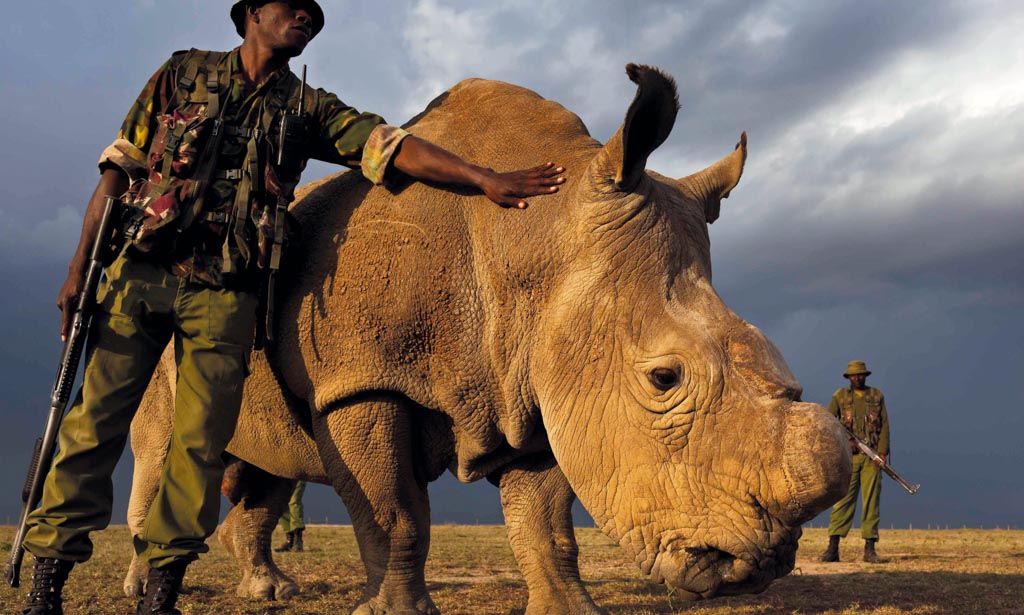
A disheartening study released by the Zoological Society of London and World Wildlife Fund in October 2017 revealed the number of wild animals living on Earth is set to fall two-thirds by 2020. And next year the march toward mass extinction will move briskly on.
Armed guards in Ol Pejeta Conservancy, Kenya are currently presiding over the world’s last three northern white rhinos. As recently as 1960 there were more than 2,000 northern white rhinos, but poaching (most recently to feed Asia’s demand for rhino horn) has led to their rapid decline.
The only remaining male has already had his horn removed to make him less valuable to poachers, and reportedly he is growing weaker by the day. Attempts to encourage the trio to breed have proved unsuccessful.
- CHINA LANDS ON THE DARK SIDE OF THE MOON
- THE NORTHERN WHITE RHINO GOES EXTINCT
- PLASTIC-EATING BACTERIA IS RELEASED
- ELECTRIC VEHICLE SALES REACH 5.2 MILLION
- SCIENTISTS DRILL INTO THE EARTH’S MANTLE
- LONDON’S CROSSRAIL OPENS
- SUPERSONIC JETS TAKE FLIGHT
- ONE WI-FI HOTSPOT FOR EVERY 20 PEOPLE
Plastic-eating Bacteria is Released

It sounds like something out of a mutant horror movie, except these flesh-eating monsters are feasting on low-density polyethylene (LDPE). Miranda Wang and Jeanny Yao, the entrepreneurs behind a California startup called BioCellection, have developed bacteria that can break down ocean-bound plastic waste.
The process involves feeding plastic to a machine roughly the size of a cargo container, and uses a chemical treatment to break down the LDPE into small carbon-based molecules. Genetically engineered bacteria eat the powder and secrete a lipid that can then be used as an emulsifier or cleanser.
“It’s going to be nearly impossible to get people to stop using plastic,” says Wang. “We need real technology to break it down.” The pair, who began tackling the problem in high school, and began testing in 2016, plans to deliver a commercially viable process next year.
- CHINA LANDS ON THE DARK SIDE OF THE MOON
- THE NORTHERN WHITE RHINO GOES EXTINCT
- PLASTIC-EATING BACTERIA IS RELEASED
- ELECTRIC VEHICLE SALES REACH 5.2 MILLION
- SCIENTISTS DRILL INTO THE EARTH’S MANTLE
- LONDON’S CROSSRAIL OPENS
- SUPERSONIC JETS TAKE FLIGHT
- ONE WI-FI HOTSPOT FOR EVERY 20 PEOPLE
Electric Vehicle Sales Reach 5.2 Million
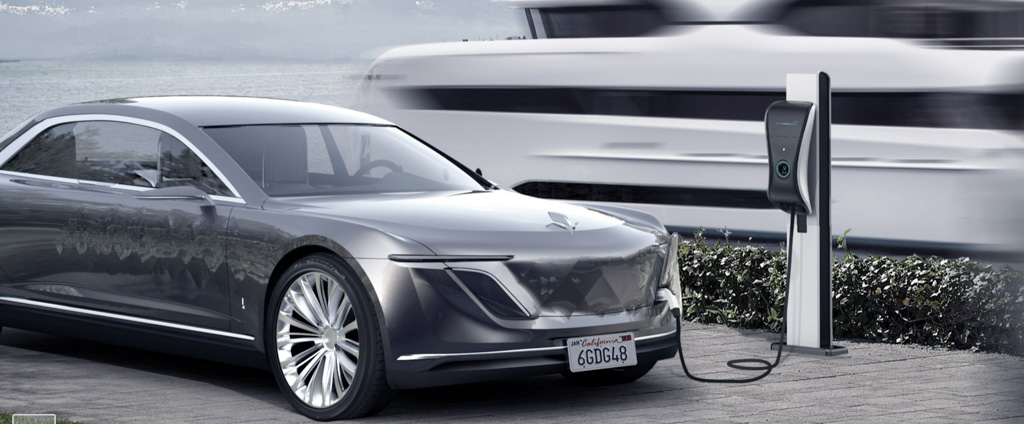
Combined worldwide sales of hybrid and plug-in electric vehicles will reach 5.2 million annual units next year, according to Navigant Research’s 2013-2020 Electric Vehicle Market Forecast.
Several factors—primarily government policy and lower battery prices—are fueling growth, which is expected to become almost 7 per cent of the total light-duty vehicle market by 2020. But according to the International Energy Agency, the industry has a long way to go to reach levels required to help limit an increase in global temperatures.
“In order to limit temperature increases to below 2˚C by the end of the century, the number of electric cars will need to reach 600 million by 2040,” the agency says. China could help set the course: the country has set ambitious goals for electric and plug-in hybrid cars to make up at least a fifth of its auto sales by 2025
- CHINA LANDS ON THE DARK SIDE OF THE MOON
- THE NORTHERN WHITE RHINO GOES EXTINCT
- PLASTIC-EATING BACTERIA IS RELEASED
- ELECTRIC VEHICLE SALES REACH 5.2 MILLION
- SCIENTISTS DRILL INTO THE EARTH’S MANTLE
- LONDON’S CROSSRAIL OPENS
- SUPERSONIC JETS TAKE FLIGHT
- ONE WI-FI HOTSPOT FOR EVERY 20 PEOPLE
Scientists Drill into the Earth’s Mantle
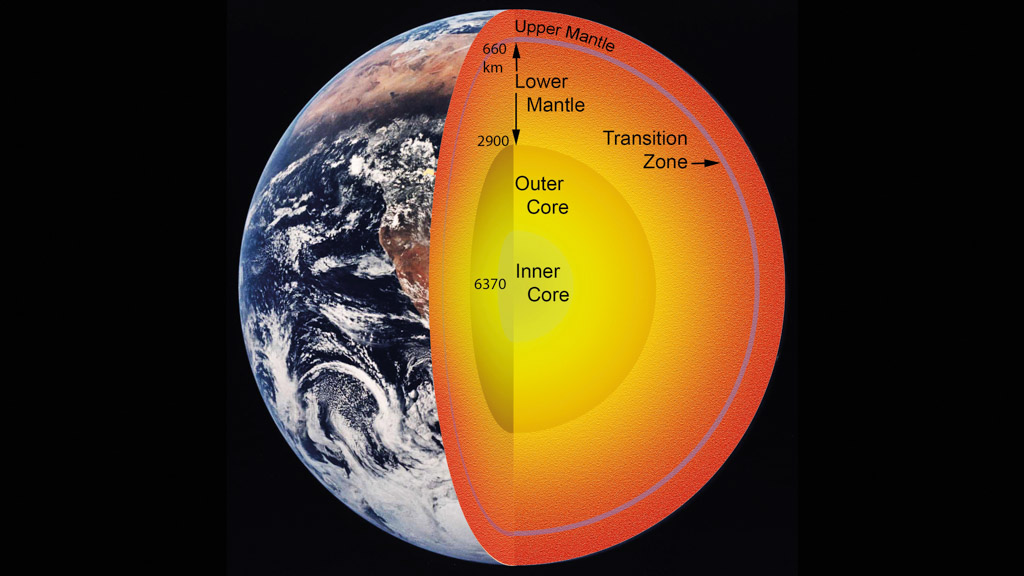
Despite multiple previous attempts—and multiple boreholes of significant depth—humans have never managed to drill far enough to see what lies beneath the Earth’s rocky crust.
Now, a project led by the Japan Agency for Marine-Earth Science and Technology (JAMSTEC) will begin conducting a study off the coast of Hawaii. Scientists hope the drilling will shed light on how convection currents interact with tectonic plates, how hot spot formation relates to earthquakes and volcanic eruptions, and how the mantle apparently bears its own earthquakes at depths of up to 420 miles. The Japanese government is helping to fund the expedition in hopes the information gained can be used for earthquake prediction.
- CHINA LANDS ON THE DARK SIDE OF THE MOON
- THE NORTHERN WHITE RHINO GOES EXTINCT
- PLASTIC-EATING BACTERIA IS RELEASED
- ELECTRIC VEHICLE SALES REACH 5.2 MILLION
- SCIENTISTS DRILL INTO THE EARTH’S MANTLE
- LONDON’S CROSSRAIL OPENS
- SUPERSONIC JETS TAKE FLIGHT
- ONE WI-FI HOTSPOT FOR EVERY 20 PEOPLE
London’s Crossrail Opens
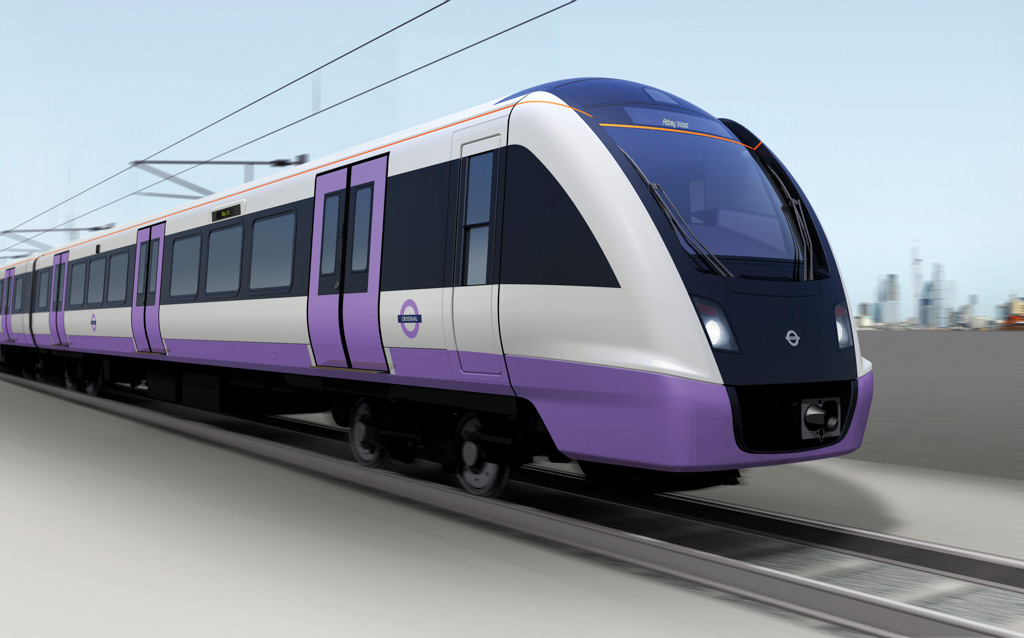
London will open two new stages of the much-anticipated Crossrail high-speed railway next year. The TfL Rail service between Paddington and Heathrow will open in May, and the stretch between Paddington and Abby Wood will open in December. The new cars will be air-conditioned and trains will run every two and a half minutes at peak times.
Admittedly, this is hardly a feat by Asian standards, but the line will provide a much-needed upgrade to the world’s oldest subway system. When fully complete in 2019 the £15 billion Crossrail line will run for more than 60 miles and connect some of London’s busiest national rail stations with central London, parts of Berkshire and Essex.
- CHINA LANDS ON THE DARK SIDE OF THE MOON
- THE NORTHERN WHITE RHINO GOES EXTINCT
- PLASTIC-EATING BACTERIA IS RELEASED
- ELECTRIC VEHICLE SALES REACH 5.2 MILLION
- SCIENTISTS DRILL INTO THE EARTH’S MANTLE
- LONDON’S CROSSRAIL OPENS
- SUPERSONIC JETS TAKE FLIGHT
- ONE WI-FI HOTSPOT FOR EVERY 20 PEOPLE
Supersonic Jets Take Flight
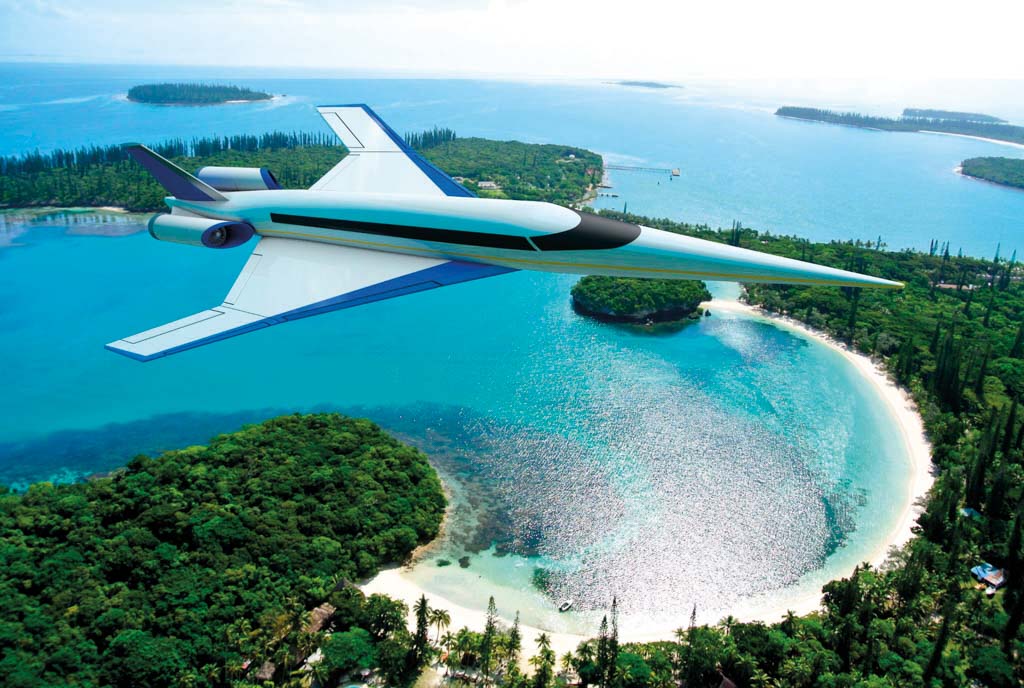
Flight times could soon be cut in half thanks to a number of firms working on prototypes for supersonic jets. Boston-based Spike Aerospace test flew its subsonic subscale SX-1.2 demonstrator aircraft for the first time in October. The jet is an unmanned prototype of the company’s 18 passenger S-512 Quiet Supersonic Jet, which is designed to have a supersonic range of 6,200 miles and a cruise speed of Mach 1.6 (about 2,000 km/hr).
The futuristic jet will also have a ‘Multiplex Digital Cabin’ with high-definition screens in place of windows that can show passengers the real view outside the jet, a movie, or anything else they may wish to view.
Spike Aerospace plans to begin piloted supersonic flights in another demonstrator soon, and other supersonic plane hopefuls are also gearing up to begin flight tests. Denver-based Boom Supersonic, with support from Richard Branson and Virgin Galactic, is currently building a one-third-scale demonstrator of its planned 50-passenger airliner capable of supersonic speed. The demonstrator, called XB-1, will have a two-person cockpit and is also slated for its first flight in 2018.
- CHINA LANDS ON THE DARK SIDE OF THE MOON
- THE NORTHERN WHITE RHINO GOES EXTINCT
- PLASTIC-EATING BACTERIA IS RELEASED
- ELECTRIC VEHICLE SALES REACH 5.2 MILLION
- SCIENTISTS DRILL INTO THE EARTH’S MANTLE
- LONDON’S CROSSRAIL OPENS
- SUPERSONIC JETS TAKE FLIGHT
- ONE WI-FI HOTSPOT FOR EVERY 20 PEOPLE
One Wi-Fi Hotspot for Every 20 People

A global survey of Wi-Fi hotspots carried out on behalf of network aggregator iPass has revealed how wireless is becoming a pervasive part of the lives of billions.
The data, which was compiled by analysts at Maravedis Rethink, shows that by 2018 the number of public Wi-Fi hotspots deployed around the world will grow to more than 340 million—about one for every 20 people on the planet.
But there is potentially a dark side to this hyper-connectivity. As cities around the world compete to be ‘smarter’, citywide hard-drives and Wi-Fi enabled sensors increasingly collect data on everything from crowd levels and pollution to real-time data focused on the digital fingerprints of individuals.
Taken to its logical extreme this becomes what the Chinese government is calling a ‘Social Credit System’ (SCS), a program the country is developing to monitor and rate its citizens based on their online behavior: from streaming and shopping habits to social and financial status, the reach of ‘innovation’ may soon stretch from the dark side of the moon to formulas that scrutinize our everyday conduct.











 Back
Back
